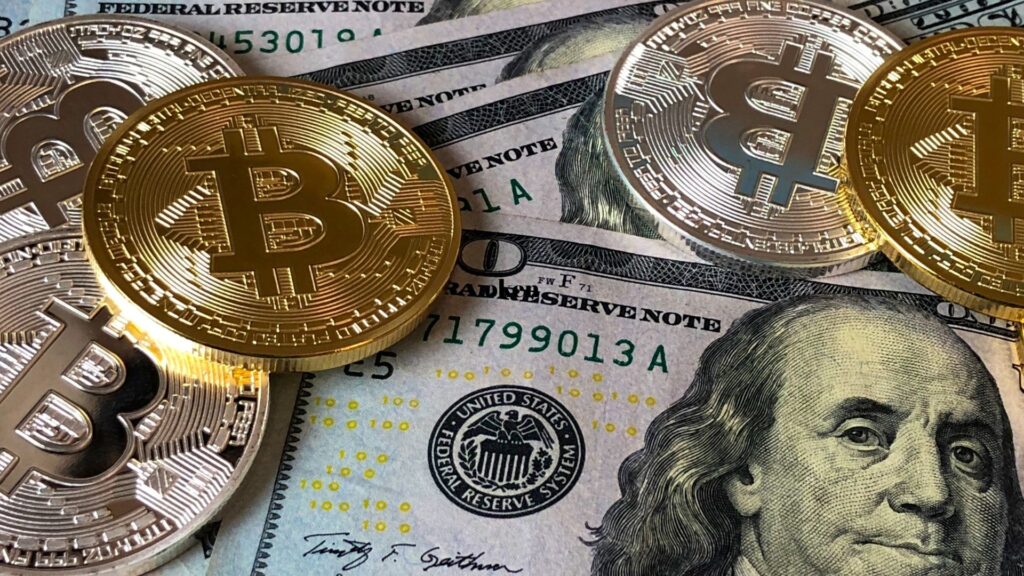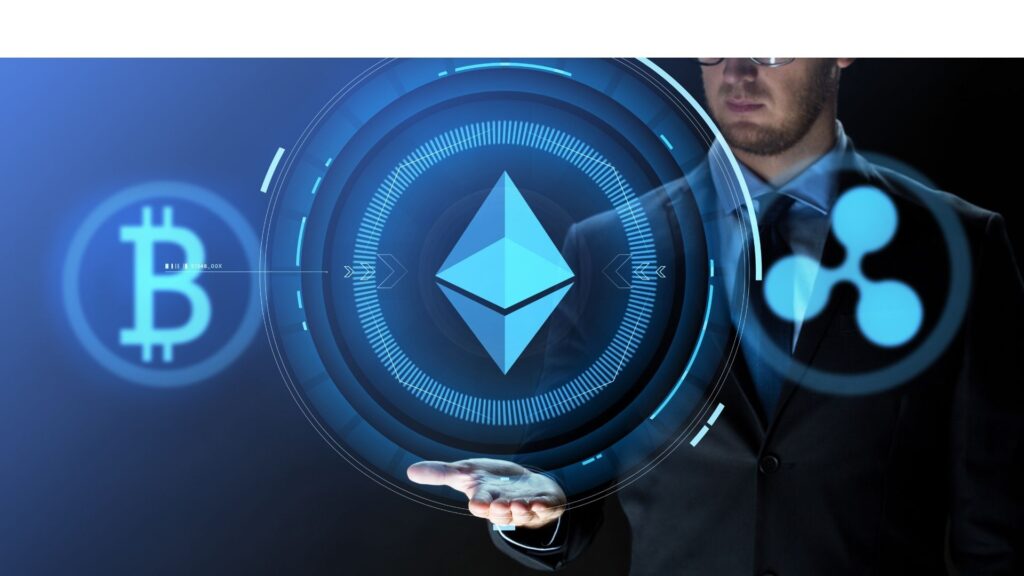
The world of cryptocurrency can seem exciting and, admittedly, a little intimidating for newcomers. You hear about Bitcoin, Ethereum, and countless other digital assets, but the big question often is: “How do I actually buy and sell this stuff?” The good news is that getting started is easier than you might think, especially with the user-friendly platforms provided by major cryptocurrency exchanges.
This guide will walk you through the general process of buying and selling cryptocurrencies and introduce you to ten well-known exchanges where you can begin your journey.
Before You Dive In: A Few Key Considerations
- Understand the Risks: Cryptocurrencies are known for their price volatility. This means their value can go up or down significantly in a short period. Never invest more than you can afford to lose.
- Do Your Own Research (DYOR): Don’t just buy a cryptocurrency because someone online told you to. Understand what you’re investing in.
- Start Small: There’s no need to go all-in from day one. Begin with small amounts to get comfortable with the process.
- Security is Paramount: Protect your accounts and your crypto like you would your traditional bank account.
How to Buy & Sell Cryptocurrencies: A General Step-by-Step Guide
While each exchange has its unique interface, the core process for buying and selling crypto is quite similar across platforms.
Step 1: Choose a Cryptocurrency Exchange An exchange is a platform where you can buy, sell, and often store cryptocurrencies. When choosing one, consider factors like: * Security: Look for exchanges with robust security measures (e.g., two-factor authentication, insurance funds). * Fees: Understand the trading fees, deposit/withdrawal fees, and any other charges. * Supported Cryptocurrencies: Ensure the exchange lists the cryptocurrencies you’re interested in. * User Interface (UI): Especially for beginners, a clean and intuitive interface is crucial. * Regulation & Reputation: Opt for well-regarded exchanges that comply with regulations in your jurisdiction. * Customer Support: Good customer support can be invaluable if you run into issues.

Step 2: Create and Verify Your Account Once you’ve picked an exchange: * Sign Up: You’ll typically need to provide an email address and create a strong password. * Enable Two-Factor Authentication (2FA): This is a critical security step. Use an authenticator app like Google Authenticator or Authy. * Complete KYC (Know Your Customer) Verification: Most reputable exchanges require you to verify your identity by submitting documents like a government-issued ID (passport, driver’s license) and sometimes proof of address. This is for regulatory compliance and to prevent fraud.
Step 3: Fund Your Account After your account is verified, you need to add funds: * Fiat Deposits: Many exchanges allow you to deposit traditional currency (like USD, EUR, TRY) via bank transfer (ACH, SEPA, wire), credit/debit card, or other payment services. Credit/debit card deposits are often faster but may have higher fees. * Cryptocurrency Deposits: If you already own crypto in another wallet, you can transfer it to your exchange account.
Step 4: Navigate the Trading Interface Familiarize yourself with the exchange’s trading dashboard. You’ll typically find: * Trading Pairs: Cryptocurrencies are traded in pairs (e.g., BTC/USD, ETH/BTC). This means you’re buying one currency by selling another. * Order Book: Shows a list of current buy and sell orders from other users. * Price Chart: Displays the historical price movements of the selected trading pair. * Order Types: Options for placing your buy or sell orders.
Step 5: Placing Your First Buy Order To buy crypto: * Select the trading pair (e.g., if you funded with USD and want to buy Bitcoin, look for BTC/USD). * Choose your order type: * Market Order: Buys crypto immediately at the best available current market price. It’s simple and fast but offers less price control. * Limit Order: Allows you to set a specific price at which you want to buy. Your order will only execute if the market price reaches your limit price. This gives you more control but doesn’t guarantee your order will be filled. * Enter the amount you want to buy (either in crypto terms, like 0.01 BTC, or in fiat terms, like $100 worth of BTC). * Review and confirm your order.
Step 6: Selling Your Crypto Selling is similar to buying: * Select the trading pair. * Choose a market or limit order. * Enter the amount of crypto you want to sell. * Review and confirm your order. Once sold, the proceeds (e.g., USD, or another crypto if you sold into a crypto pair) will be credited to your exchange account.
Step 7: Securing Your Crypto * Exchange Wallets: When you buy crypto on an exchange, it’s usually held in a wallet managed by the exchange. This is convenient for active trading. * Personal Wallets: For larger amounts or long-term holding (“HODLing”), consider moving your crypto to a personal wallet where you control the private keys. These can be software wallets (apps on your computer or phone) or hardware wallets (physical devices, considered more secure). * Always enable 2FA and use strong, unique passwords.
Step 8: Withdrawing Your Funds * Fiat Withdrawals: You can withdraw your traditional currency balance to your linked bank account. * Crypto Withdrawals: You can withdraw your cryptocurrencies to an external wallet address. Be extremely careful to enter the correct address, as crypto transactions are irreversible.

A Look at 10 Major Cryptocurrency Exchanges (Where You Can Trade)
Here are ten well-known exchanges in the global crypto market. Remember, the best exchange for you depends on your individual needs and location. The general buying/selling process described above applies to all of them.
-
- Binance: Often the largest exchange by trading volume, known for its vast selection of cryptocurrencies, advanced trading features, and comprehensive ecosystem (including its own blockchain, BNB Chain).
-
- Coinbase: A popular choice for beginners, especially in the U.S., known for its user-friendly interface, strong security reputation, and publicly traded status.
-
- Kraken: One of the oldest and most respected exchanges, offering a good range of coins, robust security, and margin trading options. Popular in Europe and North America.
-
- Bybit: Initially focused on derivatives, Bybit has expanded significantly into spot trading, offering a wide array of coins and a user-friendly platform.
-
- OKX (formerly OKEx): A global exchange with a large selection of tokens, advanced trading tools, and its own blockchain.
-
- KuCoin: Known as “The People’s Exchange,” it offers a massive variety of altcoins, including many smaller, emerging projects, alongside popular ones.
-
- Gate.io: Another exchange with a very extensive list of cryptocurrencies, often among the first to list new tokens.
-
- Bitfinex: A long-standing exchange popular with more experienced traders for its advanced trading features, margin funding, and order types.
-
- MEXC (formerly MXC): Known for its wide range of altcoins and competitive fees, attracting users looking for newer and diverse crypto assets.
-
- Crypto.com: Offers a broad ecosystem including an exchange, a crypto visa card, an NFT marketplace, and DeFi services, focusing on mainstream adoption.
Disclaimer: Listing these exchanges does not constitute an endorsement. Always do your own research before choosing an exchange.
Important Tips for Safe Trading
-
- Use Strong, Unique Passwords: For every exchange and use a password manager.
-
- Enable Two-Factor Authentication (2FA): Use an authenticator app, not SMS if possible.
-
- Beware of Phishing Scams: Double-check website URLs. Never share your private keys or recovery phrases. Exchange support will never ask for them.
-
- Don’t Keep All Your Crypto on Exchanges Long-Term: Consider moving significant holdings to a personal wallet for better security (“Not your keys, not your coins”).
-
- Start with What You Can Afford to Lose: The crypto market is volatile.
Embarking on Your Crypto Journey
Buying and selling cryptocurrencies might seem complex at first, but by following these steps and choosing a reputable exchange, you can navigate the process with confidence. Remember to start slow, prioritize security, and never stop learning. The world of digital assets is constantly evolving, and staying informed is key to a successful experience.
Happy trading!






